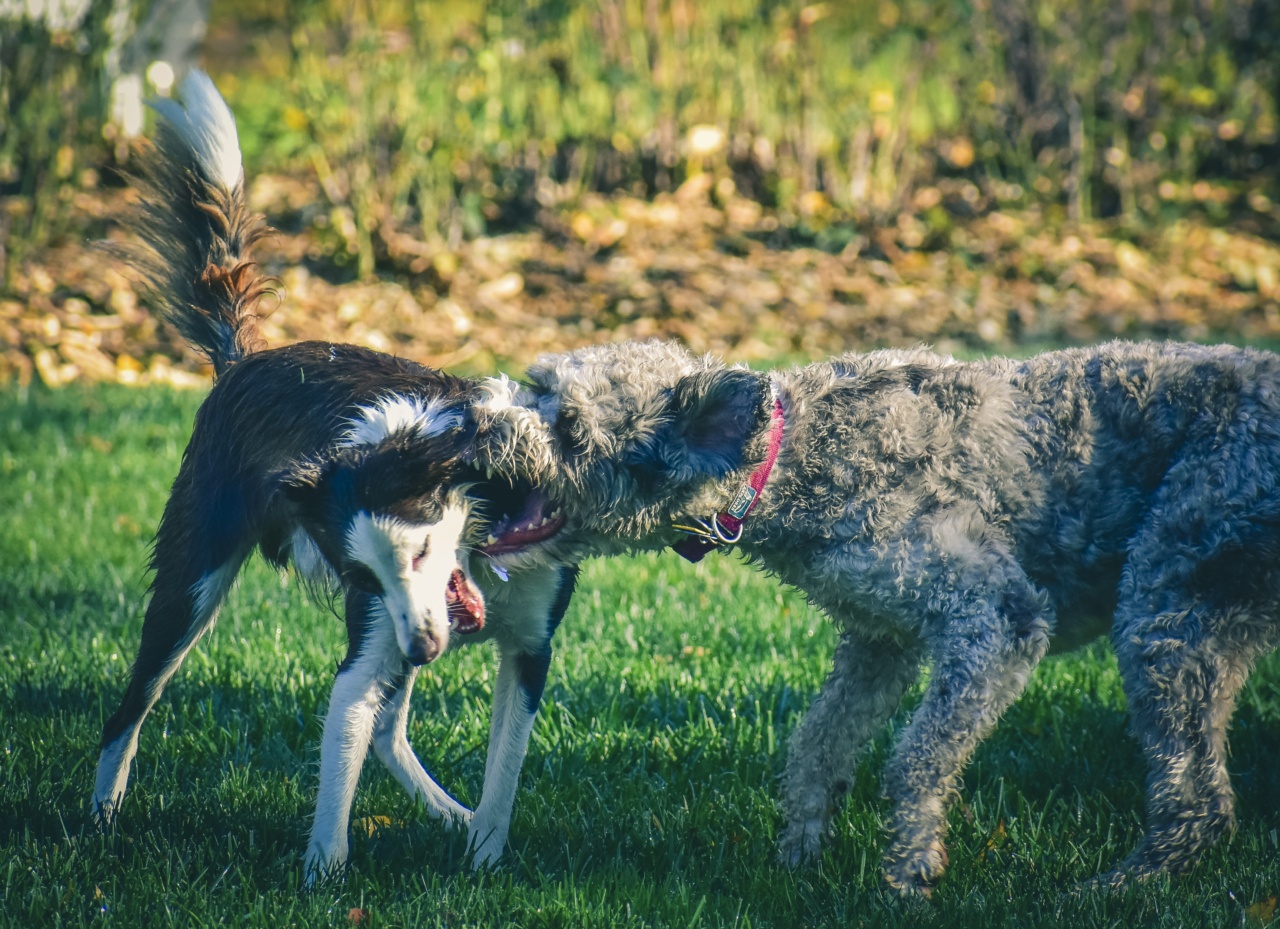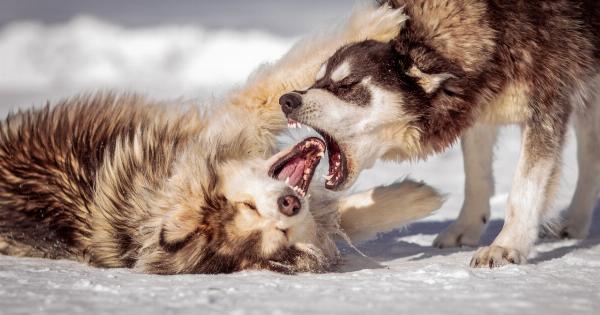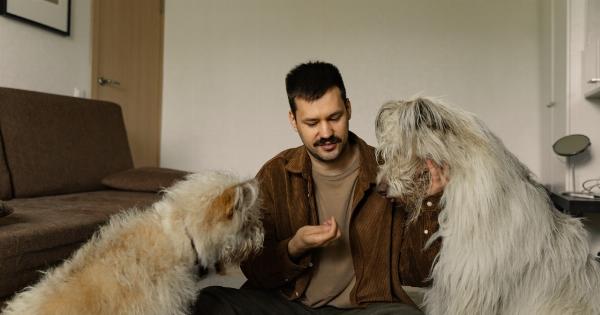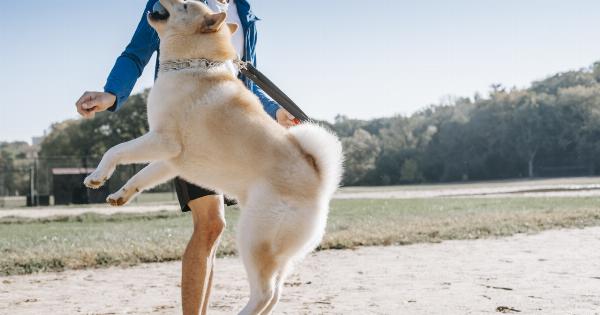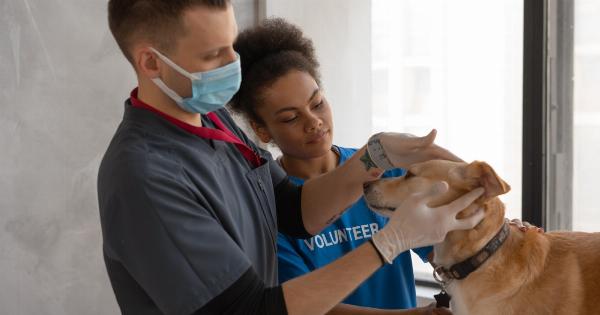Aggressive behavior in dogs can be a serious issue for both pet owners and those who come into contact with these animals. From growling and snarling to biting and attacking, aggressive behavior can pose a significant danger.
It is essential for dog owners and handlers to understand the causes and triggers of aggressive behavior in dogs to effectively address and manage it. In this article, we will explore various aspects of dealing with aggressive behavior in dogs.
Types of Aggression in Dogs
Not all aggressive behavior in dogs is the same. It can manifest in different ways and have various causes. Here are some common types of aggression observed in dogs:.
Territorial Aggression
Some dogs display aggressive behavior when they feel threatened or when they perceive others as intruders in their territory. This type of aggression is often characterized by barking, growling, and lunging.
Protective Aggression
Dogs may exhibit aggressive behavior when they feel the need to protect themselves, their owners, or their resources such as food or toys. Protective aggression could include biting or attacking when they perceive a threat.
Fear Aggression
When dogs feel threatened or scared, they may respond with aggression as a form of self-defense. Fear aggression often arises from past traumatic experiences or lack of proper socialization.
Redirected Aggression
In some cases, dogs may redirect their aggression towards an unintended target. This can happen when they are restrained or unable to reach the source of their frustration.
Social Aggression
Some dogs exhibit aggression towards other animals or unfamiliar humans. This type of aggression is often seen during interactions with other dogs or when encountering strangers.
Medical Causes of Aggression
It is important to consider that certain medical conditions can also contribute to aggressive behavior in dogs. Pain, hormonal imbalances, neurological disorders, and certain medications can cause or exacerbate aggressive tendencies.
It is crucial to consult a veterinarian to rule out any underlying medical causes.
Identifying Triggers and Warning Signs
To effectively deal with aggressive behavior in dogs, it is essential to identify the triggers and warning signs.
Understanding what provokes the aggressive response can help dog owners and handlers avoid those situations or implement appropriate countermeasures.
Common triggers for aggressive behavior in dogs include:
- Approaching their food or resources
- Being touched or handled in a certain way
- Encountering unfamiliar animals
- Feeling threatened or cornered
- Experiencing excessive noise or chaos
Warning signs of aggression in dogs may include:
- Snarling or baring teeth
- Growling or rumbling sounds
- Stiff body posture
- Intense stare or raised hackles
- Attempts to bite or attack
Professional Help and Training
Dealing with aggressive behavior in dogs often requires professional guidance and intervention. It is highly recommended to seek the assistance of a qualified dog behaviorist or trainer experienced in working with aggressive dogs.
These experts can assess the situation, provide appropriate training techniques, and develop a behavior modification plan tailored to the specific needs of the dog.
Behavior Modification Techniques
Implementing behavior modification techniques can significantly improve aggressive behavior in dogs. Here are some effective strategies:.
Positive Reinforcement
Positive reinforcement is an essential tool in modifying aggressive behavior. By rewarding desired calm and non-aggressive behaviors, dogs learn that alternative responses are more rewarding than aggressive reactions.
Desensitization and Counterconditioning
These techniques involve gradually exposing the dog to the triggering stimuli in a controlled manner.
Through repeated exposure, the dog becomes desensitized to the triggers while receiving positive associations and rewards, helping to change their emotional response.
Management and Safety Measures
To maintain safety and prevent aggressive incidents, implementing management and safety measures is crucial. This may include using muzzles or restraints when in public or around unfamiliar people or animals.
Additionally, providing a safe and secure environment at home reduces the likelihood of potential triggers.
Socialization and Obedience Training
Early socialization and obedience training are vital in preventing and addressing aggressive behavior in dogs.
Properly socialized dogs are more likely to feel comfortable and confident in various situations, reducing the likelihood of reactive aggression.
Consistency and Patience
Dealing with aggressive behavior in dogs requires consistency and patience. Behavior changes take time, and setbacks may occur. It is crucial to remain patient and persistent throughout the training process.
Conclusion
Aggressive behavior in dogs should never be ignored or dismissed as it can pose significant risks.
Understanding the different types of aggression, identifying triggers and warning signs, seeking professional help, and implementing behavior modification techniques are essential steps for effectively dealing with aggressive behavior. With proper training, consistency, and patience, it is possible to help dogs overcome their aggressive tendencies, ensuring a safer and happier environment for both dogs and their owners.
